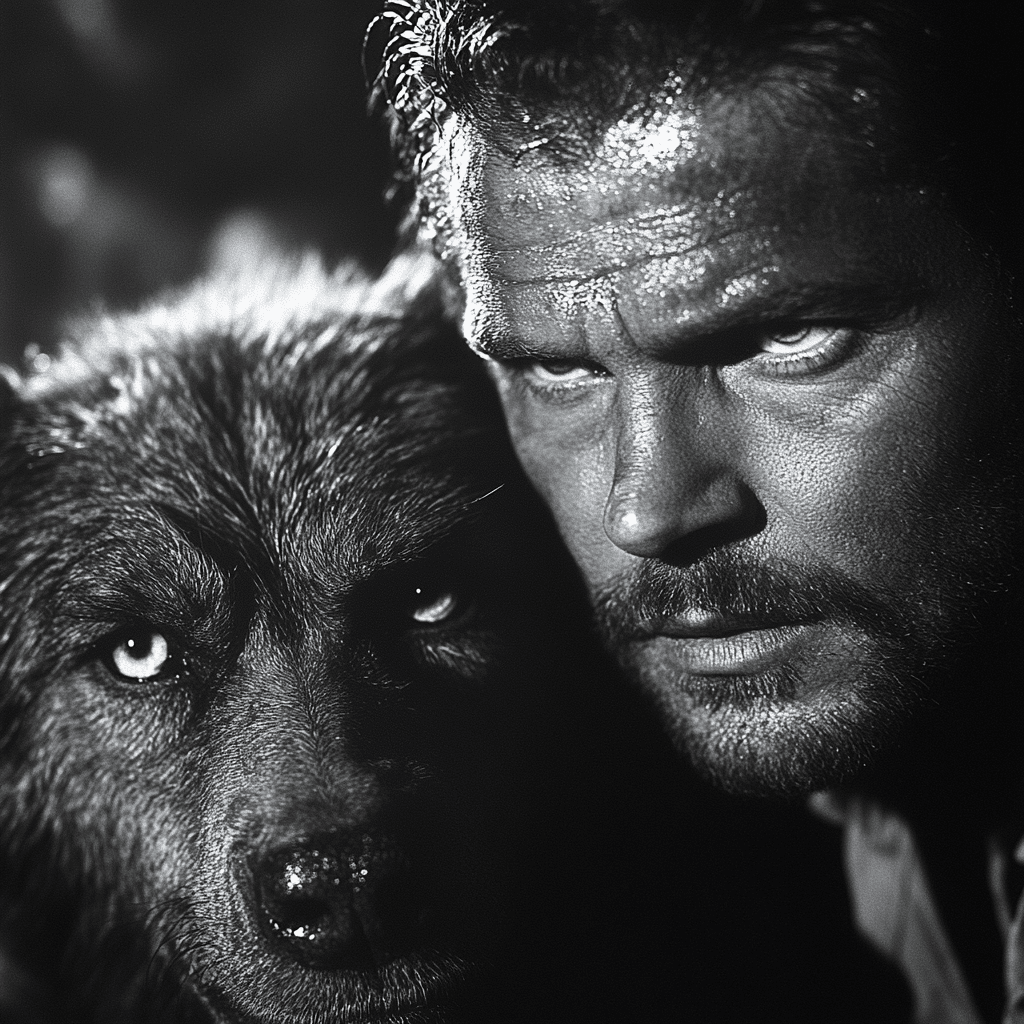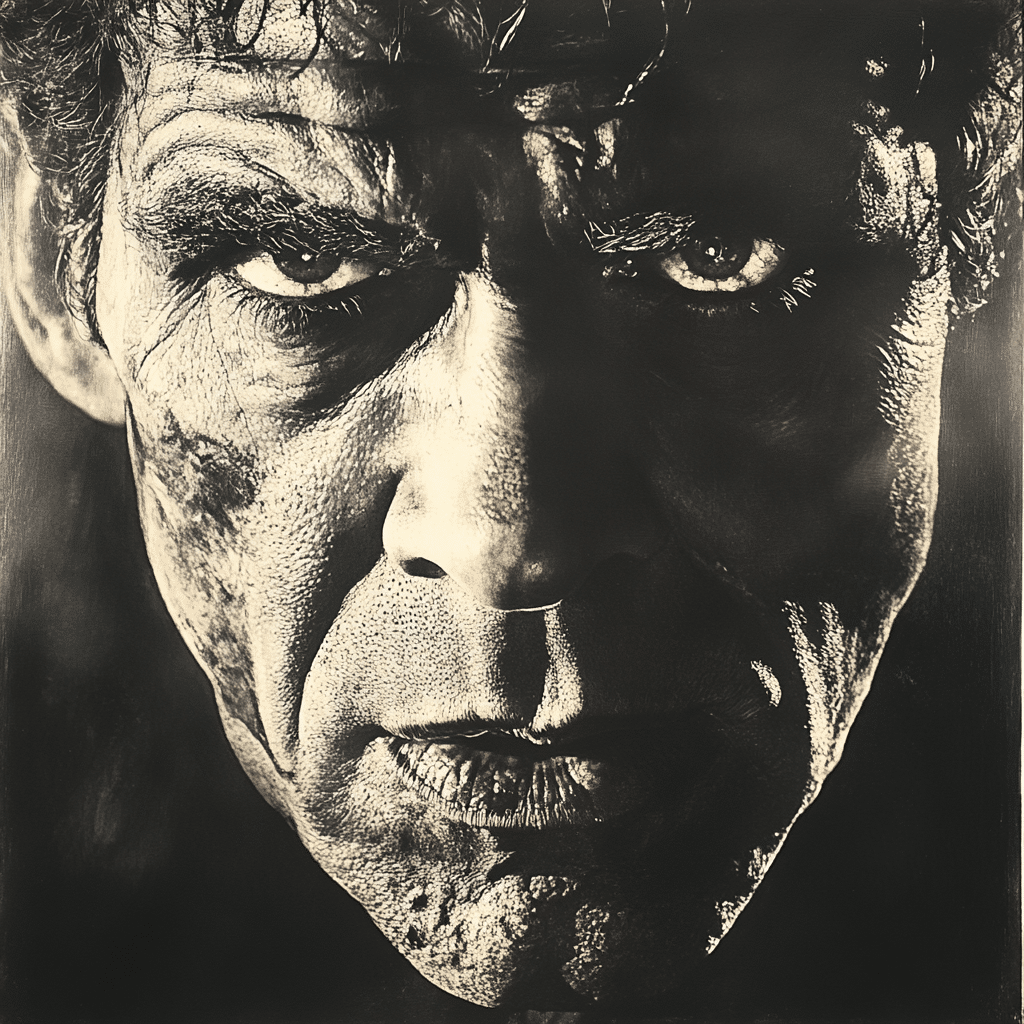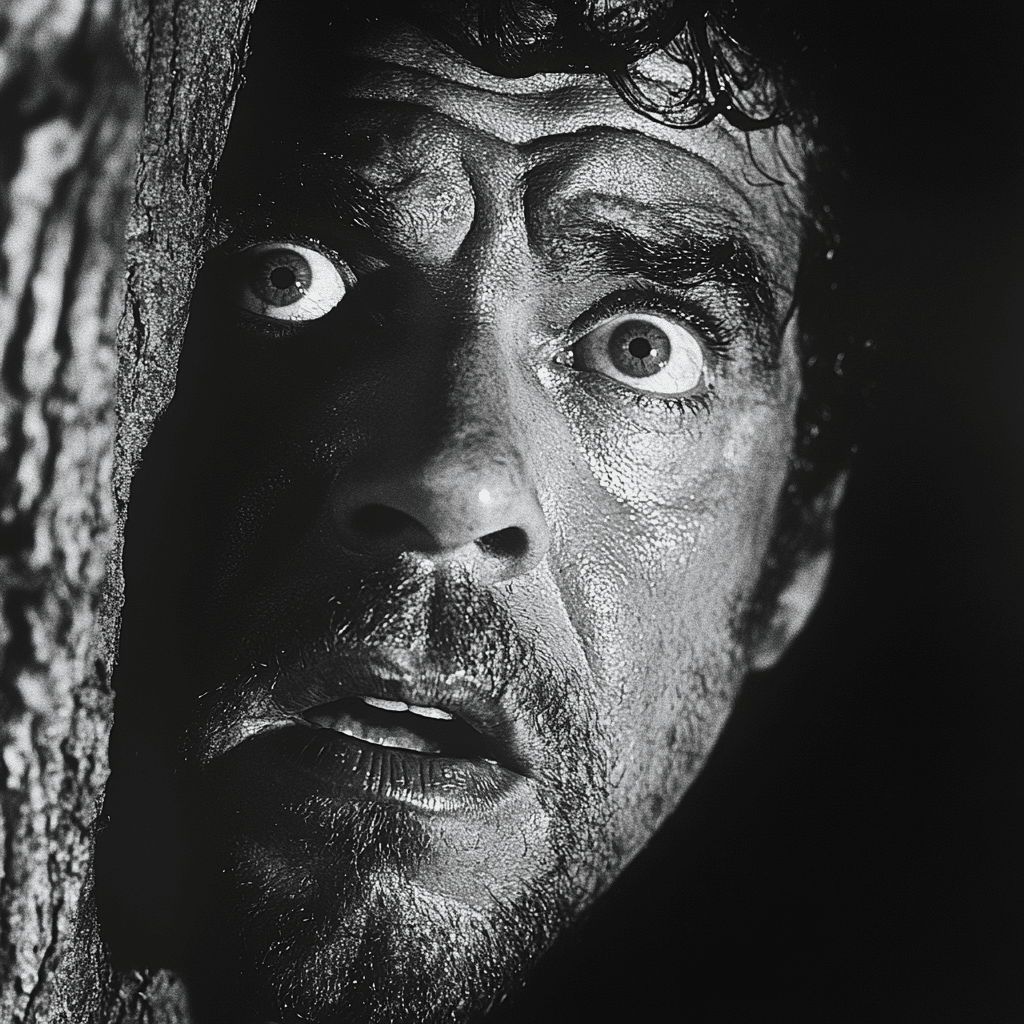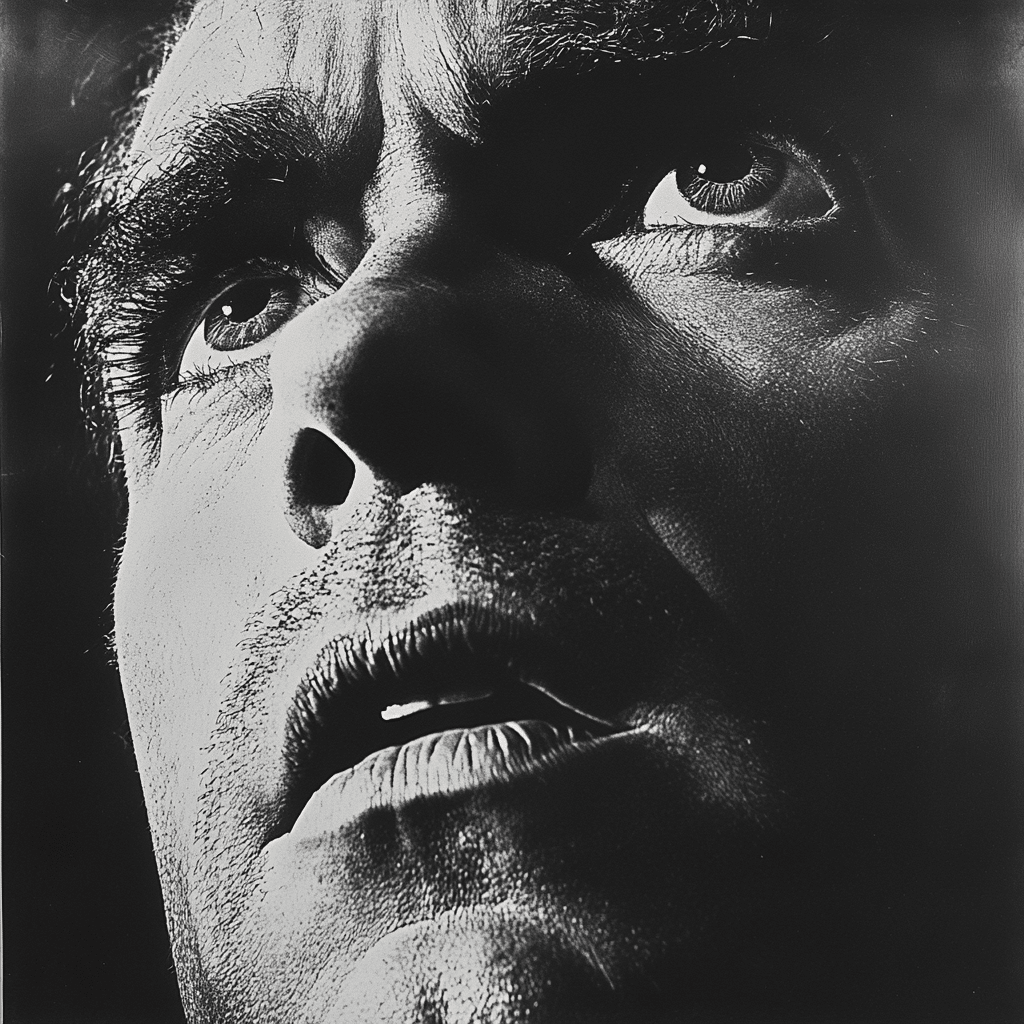
Lon Chaney Jr The Iconic Master Of Horror Transformation

The Legacy of Lon Chaney Jr in Horror Cinema
Lon Chaney Jr, the son of the legendary silent film actor Lon Chaney, carved out an iconic niche for himself in the horror genre during the mid-20th century. With his ability to embody terrifying characters through transformative makeup and compelling performances, Chaney Jr changed the landscape of horror filmmaking. His legacy continues to influence contemporary filmmakers and actors, exemplifying the profound impact of character transformation in cinema.
From the creation of enduring monster mythologies to highlighting the emotional threads woven into horror storytelling, Chaney Jr’s work redefined what it meant to be a monster on screen. He brought a humanity to his roles, a quality that allowed audiences to empathize rather than simply recoil in fear. Lon Chaney Jr didn’t just wear a mask; he dug deep into the psyche of his characters, transforming their pain and fears into something tangible for the viewer.
In today’s cinematic landscape, the echoes of Chaney Jr’s performances resonate with those who weave complex narratives around their characters. The artistry displayed in films often mirrors Chaney Jr’s meticulous dedication to transforming into iconic figures. Many films and actors today pay homage to his legacy, illustrating that the emotional depth of Lon Chaney Jr still finds relevance in modern horror.

Top 7 Roles That Showcase Lon Chaney Jr’s Mastery of Transformation
One of Chaney Jr’s most celebrated roles, he depicted Larry Talbot, a man cursed to transform into a werewolf under the full moon. The character’s emotional depth, combined with Chaney’s physical transformation through makeup and special effects, established a blueprint for future horror icons. The film’s innovative use of makeup artistry and practical effects, alongside Chaney’s nuanced performance, remains a high watermark for monster movies.
In this crossover classic, Chaney Jr reprised his role as the Wolf Man, bringing a tragic depth to the character as he interacts with the iconic Frankenstein monster. This film showcased Chaney’s ability to blend horror with pathos, providing audiences with a multi-dimensional antagonist that was both fearsome and relatable. He demonstrated that behind every monster lies a story, a tragic past that warrants understanding.
Chaney Jr took on the role of the reincarnated Egyptian figure, bringing a haunting presence to the character of Ananka. This film highlighted his capability to deliver horror through more than just physical transformation; his performance conveyed deep sorrow and longing, making the Mummy more than just a monster. Audiences felt Ananka’s pain and heartbreak, marking another significant moment in Chaney’s ability to evoke empathy.
In this adaptation, Chaney Jr portrayed the tortured and deformed Phantom with an emotional intensity that resonated with audiences. His transformation from a menacing specter to a tragic figure exemplified his range as an actor, showcasing horror that transcends mere fright to explore themes of isolation and unrequited love. It’s a testament to Chaney’s talent that he brought such depth to a character often seen as merely a villain.
Chaney Jr’s role as Ygor marked a significant transformation in his career. His portrayal of the hunchbacked character ventured into dark comedic territory, showcasing his ability to intertwine horror with elements of humor. The film pushed Chaney’s boundaries, offering him the chance to create a uniquely sinister yet charismatic character who retained the capacity to elicit laughter amidst the dark tones of horror.
In this lesser-known film, Chaney Jr plays the role of a man resurrected from the dead, showcasing his malleability as an actor. His transformation from an innocent victim to an indomitable force mirrored the post-war horror landscape, embracing themes of fear and resilience amid social upheaval. This role highlighted the horror genre’s ability to reflect societal anxieties, adding depth to Chaney’s rich filmography.
This film marked a pivotal moment in Chaney Jr’s career, where he took on the role of a creature caught between human and beast. His ability to evoke empathy for the creature through physicality and emotional depth solidified his status as a horror icon. It demonstrated that transformation is not just about appearance; it’s about the emotional and psychological underpinnings of the character that resonate with audiences.
Lon Chaney Jr’s Influence on Modern Horror and Transformation
While Chaney Jr primarily thrived during the classic horror era, his impact remains pervasive in modern cinema. Filmmakers like Guillermo del Toro and actors like Doug Jones often reference Chaney’s transformative performances as key inspirations. The intricate character work and emotional depth Chaney brought to his roles continue to set the standard for horror performances today.
In an age dominated by CGI, the artistry of practical effects, as displayed in Chaney Jr’s films, is making a comeback. This revival is evident in projects that, much like Chaney’s work, seek to recreate the raw emotional connections that his characters possessed. As filmmakers explore deeper narratives and rich characterizations, they often hark back to the principles set forth by Chaney Jr.
Moreover, his influence is apparent in various contemporary horror projects that don’t shy away from the psychological horror that Chaney Jr showcased. Filmmakers are embracing the challenge of telling complex narratives that reflect the human condition. This evolution marks a return to foundational storytelling, with a focus on characters who transform not just in appearance but in emotional essence.
Embracing the Spirit of Lon Chaney Jr’s Transformation Mastery
Lon Chaney Jr remains a towering figure in the horror genre, not solely for his iconic roles but for his profound ability to transform not just physically, but emotionally. His understanding of character depth combined with striking visual transformations elevated horror from mere spectacle to profound explorations of the human condition.
As the genre continues to evolve, the lessons learned from Chaney Jr’s work in cinematic transformation flourish, reminding filmmakers and audiences alike of the power of haunting storytelling. His ability to intertwine fear and empathy set a standard for the horror industry that endures to this day. Future horror journeys will likely carry echoes of his transformative spirit, guiding new generations of filmmakers in their creative pursuits.
In a world of ever-changing narratives, the spirit of Lon Chaney Jr serves as a beacon for true artistry in horror cinema and proves that sometimes monsters can wear many faces, and sometimes, they reveal the deepest truths about who we are.
For those interested in further exploration of transformation, consider the cost Of living difference calculator to assess life changes. You might find interesting connections to real-life transformations in various forms, be it in cinema or beyond three-dimensional characters, such as in our reflections on Dolly Parton Without makeup, displaying a stark authenticity similar to Chaney Jr’s efforts. Stay tuned to Loaded for more intriguing celebrity insights and the latest in film news, including discussions around projects like Yakuza 7 and upcoming film revelations like the Kingdom Of The Planet Of The Apes Post-credit. Whether it’s Pata Seca or the lives of Kyle Richards And Morgan wade, every piece represents a transformation worthy of exploration.
Celebrate the legacy of Lon Chaney Jr and the ongoing evolution in horror that he helped inspire!
Lon Chaney Jr: The Iconic Master of Horror Transformation
A Family Legacy in Horror
Lon Chaney Jr. didn’t just stumble into the horror genre; he inherited it from his legendary father, Lon Chaney Sr. Often regarded as “The Man of a Thousand Faces,” Chaney Sr. was a pioneer in makeup and character acting. His son’s journey into the spooky world of Universal Monsters began with a profound admiration for his father. In fact, Lon Chaney Jr. initially faced skepticism regarding his talent, often compared to his father’s groundbreaking legacy. However, he soon proved his mettle, securing his spot as a horror icon—and boy, did he leave a mark!
Interestingly, beyond his on-screen persona, Lon was a talented painter and even had a knack for sculpting, which really showed his artistic side. His transformation into characters like the Wolf Man was not just about the makeup; it was about channeling raw emotion, something he inherited from his father. His connection to the horror universe was further solidified with appearances alongside modern brethren, like actors referenced by film critics such as Mark Adams, who highlight the unique craftsmanship behind these classic portrayals.
The Evolution of a Star
Chaney wasn’t always the leading man in horror. He faced quite a few challenges before becoming the Wolf Man, which could be likened to the struggles many indie filmmakers face on their paths to success. His performances in lower-budget films helped him hone his craft, laying the groundwork for iconic roles that would captivate audiences for decades to come. His determination and talent were evident as he embraced each transformation. Whether it was through the chilling makeup or his deep, haunting voice, audiences could instantly recognize the man behind the monster.
Did you know Chaney struggled with the pressures of fame? To escape, he often visited serene places like the engaging coastal town where many now enjoy the notorious Premier Inn Aberystwyth. His love for nature provided some much-needed solitude and inspiration. Interestingly enough, he also found joy in the company of friends like Kathleen Rosemary treado, who revealed the lighter side of the man behind such terrifying figures.
Enduring Influence
The legacy of Lon Chaney Jr. continues to resonate with filmmakers today. His ability to transform himself into various monstrous personas laid down the groundwork for actors who followed in his footsteps, and it’s no surprise that he’s often hailed as a source of inspiration. From horror flicks to modern indie masterpieces, the themes of transformation and the battle with inner demons remain relevant, encouraging filmmakers to draw upon the history of horror while adding their own twist.
In a fitting nod to Chaney’s contribution, many festivals celebrate the genre’s evolution, highlighting filmmakers who embrace the spirit of old-school horror while infusing it with fresh ideas. His mastery of horror transformation endures in cinemas, reminding us that the line between actor and character is often blurred, just as it was for the indomitable Chaney Jr.










